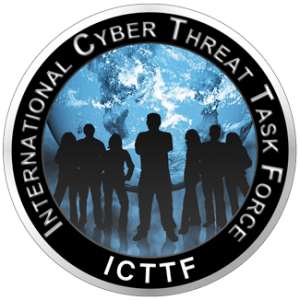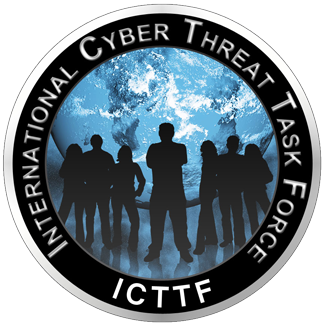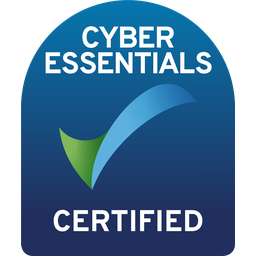
How to Align Business
and Risk Strategies
The business landscape for the foreseeable future can be characterised by a few critical terms: digital, distributed, sustainable.
As every business becomes, in effect, a digital business, reliance on data and its transformation into intelligence is becoming ever more important. Within this, the drive for sustainability and net-zero operation, is further driving the need for instrumentation, data gathering and measurement.
The data vital for operations, as well as sustainability commitments is coming from a greater diversity and distribution of sources than ever before, adding to the challenge and increasing risk.
Aligning business and risk strategies, with cyber risk an increasing proportion, is now seen as a critical approach for digital businesses.
What does that mean for business organisation? What changes are necessary to put cyber risk at the heart of business strategy?
Empowerment
Early engagement of the CISO in business development and transformation efforts ensures that risks are identified early, communicated and investigated thoroughly, and consequently mitigated before they can become a threat.
With that empowerment from the senior C Suite executives comes the responsibility for the CISO to understand the business ambitions, and be able to clearly communicate the cyber risk issues to business leaders. Only through a deep knowledge of the business requirements and direction of development and transformation, can the CISO identify and convey the risks, as well as the opportunities, in mitigating them.
Changing
the Conversation
Cyber Governance
In line with other areas of the business, agreed reporting standards can measure and indicate progress and successes, adding further evidence of the efficacy of measures. By the same token, executive oversight in cyber risk strategy and budget planning is vital to ensure cyber risk investments are aligned to business initiatives and transformation directions, enabling while protecting.
From Adjacency to Centrality
CISOs can develop risk registers, data profiles of similar organisations or, where innovation is occurring, relevant adjacencies that will allow reasonable extrapolation. These tools allow the CISO to properly represent risk, while providing a means to develop and refine mitigation techniques with the business leaders and key stakeholders.
Risk Landscape
With resources applied based on a real understanding and engagement of risk, across the entire enterprise, organisations can be confident of mitigation for their business goals and transformation ambitions.

HEAD OFFICE
-
ICTTF Ltd
Unit 8, Kinsealy Business Park,
Kinsealy Lane,
Malahide,
Co Dublin
K36 CX92 -
info@icttf.org
support@icttf.org -
+353 (0)1 905 3263
